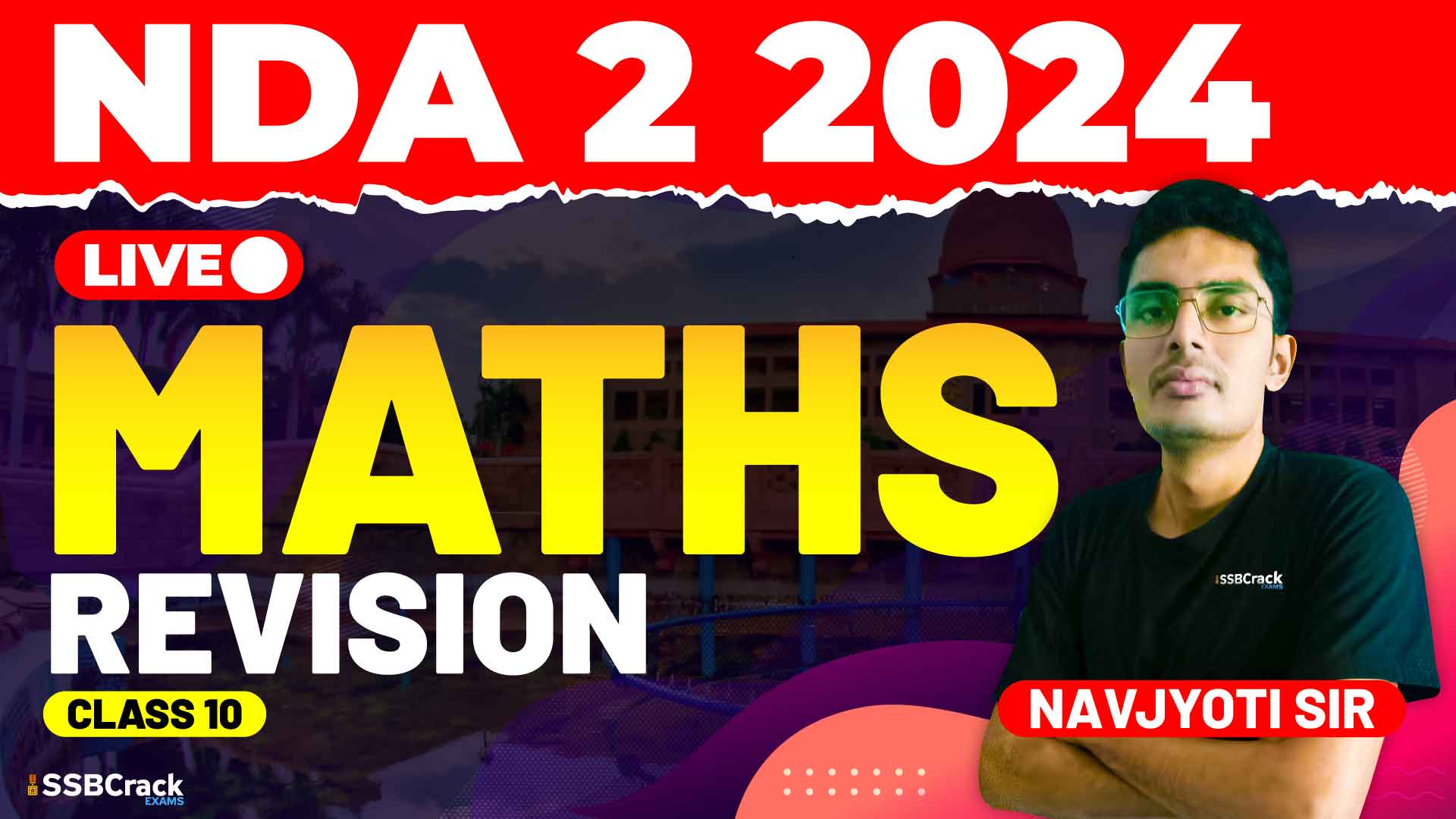The NDA-NA Exam’s Mathematics Paper-I covers a wide range of topics, each requiring a deep understanding and quick problem-solving skills. One of the critical topics in this exam is “Limits and Continuity.” This topic forms the foundation for calculus and is essential for solving complex problems in differential and integral calculus. A recent class focused on revising and practicing multiple-choice questions (MCQs) on this topic, emphasizing the strategies needed to excel in this area.
Understanding Limits and Continuity
Limits refer to the value that a function approaches as the input approaches a particular point. Grasping the concept of limits is crucial, as it sets the stage for understanding the behavior of functions near specific points, even if the function is not explicitly defined at those points. Limits help in identifying the value a function is heading towards, providing a clear picture of the function’s behavior.
Continuity, on the other hand, is about ensuring that a function behaves predictably without any abrupt jumps or breaks. A function is continuous if, at every point within its domain, the limit exists, and the function equals that limit. Understanding continuity is key to solving problems where the function’s behavior needs to be smooth and predictable.
Key Concepts in Limits and Continuity
- Evaluating Limits:
- Direct Substitution: This is the simplest method, where you directly substitute the value into the function. However, this may not always work, especially if it leads to an indeterminate form.
- Factoring and Simplifying: Often, functions can be simplified by factoring, which allows you to cancel out terms and evaluate the limit more easily.
- Rationalization: For limits involving square roots, rationalizing the numerator or denominator can simplify the evaluation.
- L’Hôpital’s Rule: This rule is useful for evaluating indeterminate forms like 0/0 or ∞/∞ by differentiating the numerator and the denominator.
2. Understanding Continuity:
- A function is continuous if the limit exists and is equal to the function’s value at that point.
- Discontinuities can be classified into removable, jump, or infinite discontinuities, each requiring different approaches for handling in problems.
- Piecewise functions often require special attention to ensure continuity at the points where the function’s definition changes.
Strategies for Solving MCQs on Limits and Continuity
- Analyze the Problem:
- Carefully read the problem to understand what is being asked. Determine whether the problem is asking for a limit, continuity, or identifying the type of discontinuity.
- Break down the problem into smaller parts, especially when dealing with complex functions or piecewise functions.
2. Choose the Right Approach:
- If direct substitution fails, look for alternative methods like factoring, rationalizing, or applying L’Hôpital’s Rule.
- For continuity problems, check the function’s definition across the entire domain, focusing on potential points of discontinuity.
- When dealing with piecewise functions, ensure to check continuity at the points where the function’s definition changes.
3. Elimination Method:
- In MCQs, eliminate the options that are obviously incorrect. For instance, if a problem asks about the limit of a function and one option is clearly outside the function’s range, it can be eliminated.
- Use quick mental calculations or estimations to narrow down the choices.
4. Practice Visualization:
- Drawing a rough graph can often help visualize the problem, especially when dealing with continuity and limits. Understanding the graphical representation of limits approaching a certain value or detecting discontinuities can provide insights into the correct answer.
5. Time Management:
- Allocate time wisely. Some MCQs can be solved quickly with direct substitution, while others might require more in-depth analysis. Prioritize the questions that you find easier and circle back to the more challenging ones.
6. Common Pitfalls to Avoid:
- Don’t rush to apply L’Hôpital’s Rule without checking if it’s necessary. Sometimes, simpler methods like factoring or simplifying can solve the problem faster.
- Be careful with piecewise functions. Ensure continuity at the points of transition by evaluating the limit from both sides of the point.
- Watch out for indeterminate forms. These require special techniques to solve, and missing them could lead to incorrect answers.
Conclusion
Mastering Limits and Continuity is crucial for success in the NDA-NA Mathematics Paper-I. By understanding the key concepts, applying effective problem-solving strategies, and practicing regularly, you can significantly improve your performance in this area. Remember, every problem has its unique way of solving it, and with the right approach, you can tackle even the most challenging questions with confidence. Keep practicing, stay focused, and approach your exam with a clear strategy in mind.

















